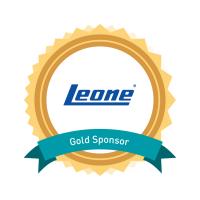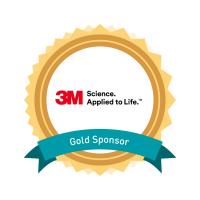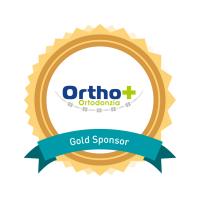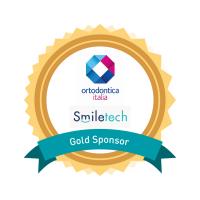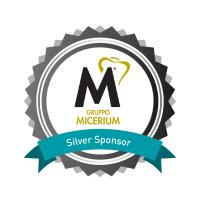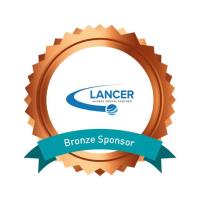Abstract
Periodontal Regeneration with Excellence in Finishing
by Choi Yoon Jeong
Optimal oral health necessitates strong support from the surrounding periodontal tissue. Among these tissues, the periodontal ligament (PDL) plays a uniquely critical role. Not only does the PDL bridge the connection between tooth and alveolar bone, but it also facilitates orthodontic tooth movement and promotes the regeneration of both alveolar bone and gingiva. In the context of orthodontic tooth movement, the PDL-induced bone formation and resorption are critical in maintaining periodontal homeostasis. The emphasis on the PDL's role becomes particularly salient in complex scenarios such as transplantation. PDL stimulation via orthodontic tooth movement can catalyze new bone formation, illustrating the potential therapeutic benefits of orthodontic treatment in these cases. Additionally, the importance of occlusal force in maintaining PDL homeostasis highlights the need for accurate occlusion establishment during the finishing phase of orthodontic treatment. This presentation will shed light on the indispensable role of the PDL through a series of clinical case studies. An exploration of the basic principles and underlying mechanisms will be accompanied by a comparison of successful and challenging cases, underlining the significance of preserving a healthy periodontal status in achieving optimal orthodontic outcomes.
Learning Objectives
After this lecture, you will be able to recognize the critical role of the periodontal ligament in orthodontic tooth movement and bone regeneration.
After this lecture, you will be able to evaluate the importance of occlusal force in maintaining periodontal ligament homeostasis and establishing accurate occlusion during the finishing phase of orthodontic treatment.
After this lecture, you will be able to understand how to apply these concepts to complex clinical cases, such as transplantation, and appreciate the significance of maintaining a healthy periodontal status for optimal orthodontic outcomes.









